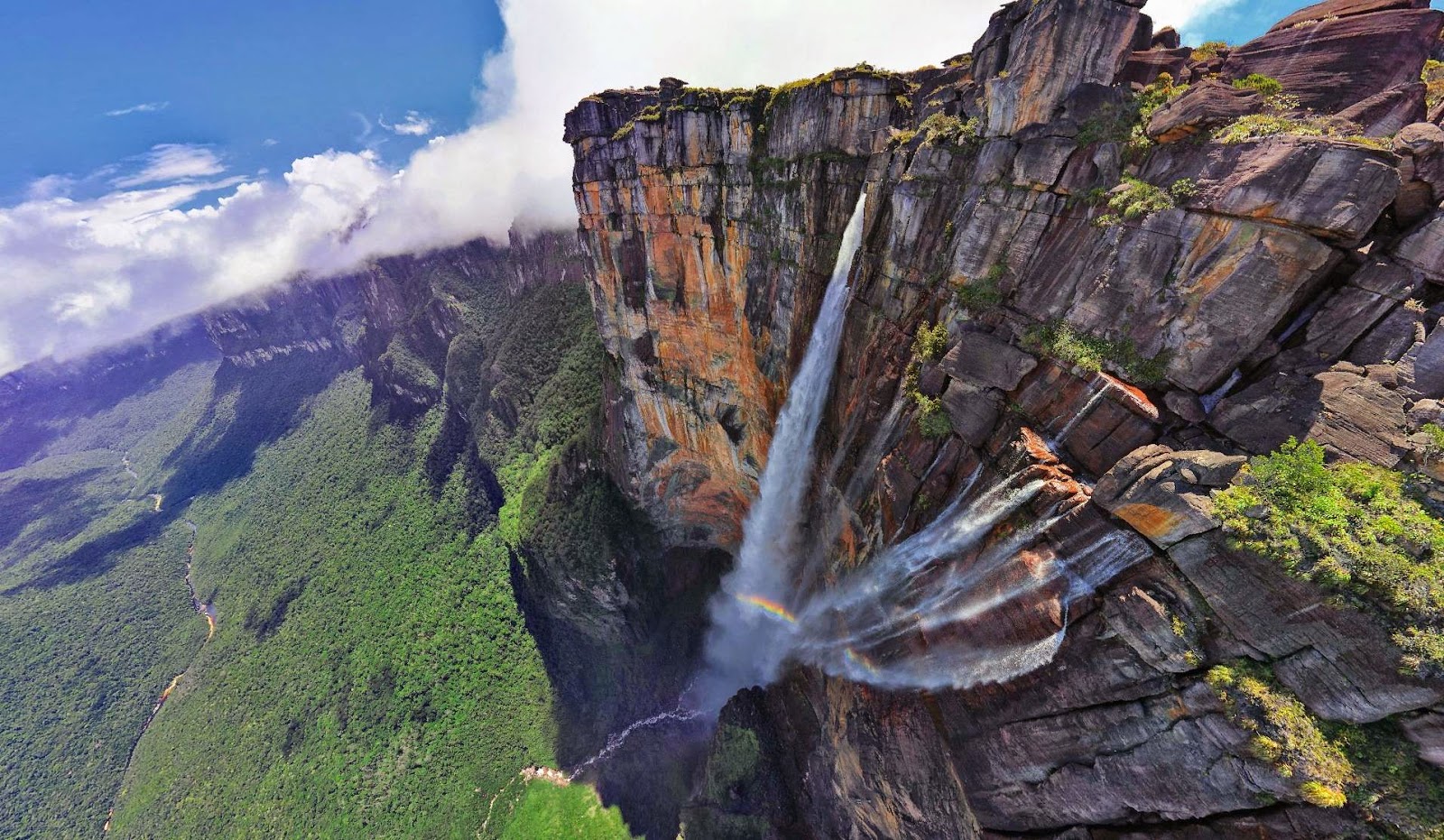What are Isolines?
Isolines are lines drawn to link different places that share a common value. The prefix 'iso' is a greek word meaning equal, so an isoline must be a line joining equal points. For example, a line drawn on a map to join up all the places that are the same height above sea level is called a contour. Contour lines are isolines joining places that have the same height value. Another common isoline is the isobar, a line that joins places with the same atmospheric pressure. These are often shown on weather maps in newspapers and TV weather forecasts.
Geographers often use isolines to help them map the distribution of things. When isolines are combined with colouring or shading they make it possible to easily see data that would be hard, or impossible, to understand as a table or chart of numbers.
Apart from contours and isobars there are many more isolines used in geography, although quite a few of them are used only by specialists and they are hardly ever heard of in school.
Here's a list of isolines you might discover as you explore geography ...
Contour Line:Joins points of the same height above ground.
Isobath: Joins points of the same depth below water.
Isobar: Joins points with the same atmospheric pressure.
Isotherm: Joins points with the same temperature.
Isobathytherm: Joins points with the same temperature under water.
Isocheim: Joins points with the same mean temperature in winter.
Isothere: Joins points with the same mean summer temperature.
Isogeotherm: Joins points with the same mean (average) temperature
Isochrone: Joins points that it takes the same time to reach from a given place.
Isodapane: Joins points where it costs the same to transport products from where they are made to where they are sold.
Isotim: Joins points where it costs the same to transport a raw material from its source.
Isohaline: Joins points where the salinity (amount of salt) of sea water is the same.
Isohel: Joins points where the amount of sunshine is the same.
Isohume: Joins points where the humidity (amount of water in the air) is the same.
Isyhyet: Joins points where the amount of precipitation (rainfall, snow etc) is the same.
Isoneph: Joins points where the amount of cloud cover is the same.
Isopectic: Joins places where ice begins to form at the same time each winter.
Isotac: Joins points where ice begins to melt at the same time each spring.
Isoplat: Joins places of equal acidity (used, for example, for mapping acid rain).
Isopleth: Joins points of the same value (as a number), such as population or car ownership.
Isopor: Joins points that have the same annual change in magnetic declination.
Isostere: Joins points with the same atmospheric density.
Isotach: Joins points with the same wind speed.
Isogon: Joins points with the same wind direction.
Isoshear: Joins points that experience the same wind shear.
Isodrosotherm: Joins points of the same dewpoint temperature.
Isoquant: Joints points of equal economic production.
Isophene: Joints points where biological events happen at the same time, such as plants flowering or bulbs emerging.
Isodose: Joins points with the same radiation intensity.
Isogloss: Joins points that share the same linguistic features.
Isochalaz: Joins points with the same frequency of hail storms.
Isobront: Joins points along the front of a storm.
Isophote: Joins points with the same illuminance.
Isochasm: Joins points with the same chance of an aurora occurring.















.jpg)

